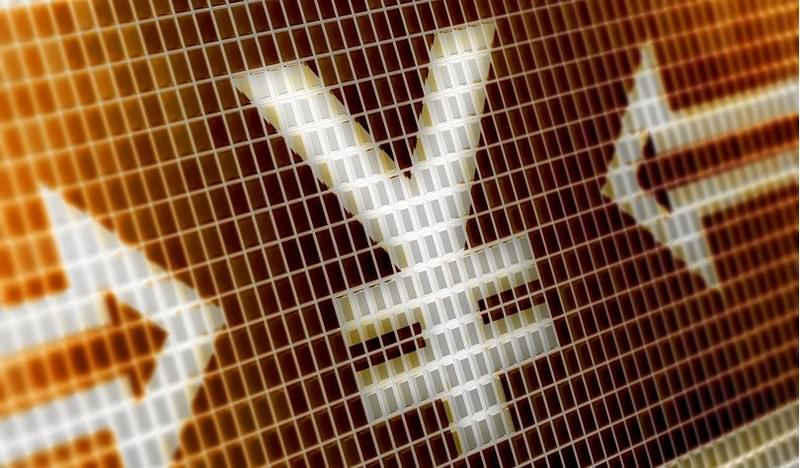The JPY reached heights of 99.540 to the US dollar in midday trading Tuesday, rebounding on Wednesday to 101.163 in early morning trading before closing at 100.220.
This is the strongest the currency has been since 24 June, the day after the UK narrowly voted to leave the European Union; the Bank of Japan said it is “closely watching FX markets with a sense of urgency” as a result.
The shock rise in June this year was the first time the currency appreciated to those levels since November 2013, and the most recent rise has added further pressure on the BOJ’s stimulus programme – which the FX market has largely shrugged off.
The BOJ has ventured into negative interest rates and has committed to buying about JPY80tn worth of bonds in a bid to spur economic growth.
It has more recently announced plans to almost double ETF purchases to JPY6tn (US$58bn), up from JPY3.3tn. The move means the BOJ is on track to become the largest shareholder in 55 of 81 firms it already has a stake in. It already owns 60% of the country’s ETF market according to data compiled by Bloomberg.
Analysts generally point to three reasons why the stimulus has failed to stem the currency’s rise and spur economic activity so far. The current account, contrary to the case several years back, is now in surplus; mixed expectations around the US Federal Reserve aren’t helping – with the expectation that it could hike as soon as September if the data supports such a move. The market is also doubting the ability of the BOJ to increase easing. To some, for instance, the doubling of ETF purchases was interpreted as a desperate measure executed after the Bank had already hit the limit of what it could do.
Easing by the BOJ has depressed the entire Japanese government bond curve, with negative rates accentuating that, and as a result we have seen record portfolio outflows out of Japan – mainly from large institutional investors like life insurers and pension funds. Interestingly, outflows have continued despite the appreciation of the JPY over the last few months.
“Japanese investors mainly bought treasuries, but in the last two months they have been targeting developed and emerging Europe,” said Fred Neumann, Co-Head of Asian Economic Research, Managing Director at HSBC in Hong Kong. “This has a lot to do with hedging costs for dollar exposure – at some point it became more advantageous to hedge euros.”
“We’ve seen some investors move out the risk curve to compensate for lower or negative yields elsewhere – in Mexico for instance, but it’s limited.”
At the end of July the BOJ passed rules that made it easier for Japanese investors to buy overseas assets by providing cheaper dollar loans and easing hedging costs.
Nevertheless, the move could stymie the large strides Latin American issuers and banks have made in opening the region up to the yen market among others. Mexico has blazed the trail by re-opening the Japanese market, having completed their sixth JPY denominated bond issue earlier this year. The Mexican Finance Ministry's longer-term goal of opening the yen market to other Mexican issuers is beginning to bear fruit, as Pemex recently completed a JPY80bn 10-year issue with a guarantee from JBIC, which has helped to focus Japanese investor attention on other Mexican credits.
Outside of Mexico, Chilean banks such as Santander Chile and Banco del Estado de Chile have successfully issued JPY-denominated bonds and continue to build on the success they've had in cultivating an investor base in Japan, as have highly-rated regional supranationals such as CABEI, CAF and Bladex.
But the cost of USD/JPY swaps, which has only increased in recent months, has given some issuers pause.
“While other more highly rated sovereign and financial issuers in Latin America have explored the JPY market, the high cost to swap JPY proceeds back into US dollars has somewhat limited the attractiveness of this market, and is likely to continue to do so until the negative basis between the JPY and US dollar moves back more in line with where it has been historically,” explained Arthur Rubin, Head of Latin America DCM at SMBC Nikko.
Rubin explained that while the factors driving the JPY/USD basis are complex, the recent uplift in Japanese government bond yields coupled with a “lower for longer” interest rate policy out of the US could help bring the USD/JPY rates back in line.
“If the negative basis continues to retreat, the swapped US dollar cost for Latin American issuers to tap the JPY market should become more attractive, allowing issuers to tap into potential Japanese investor interest in higher yielding assets and geographical diversification.”









